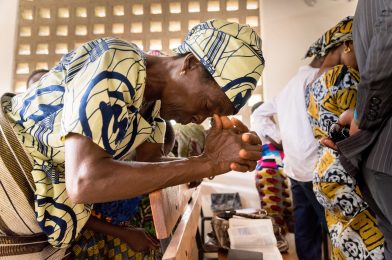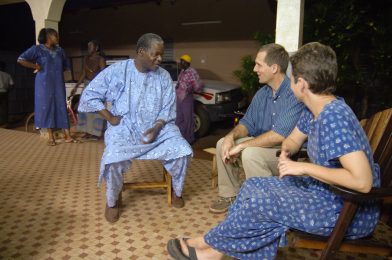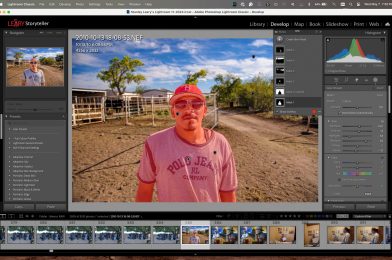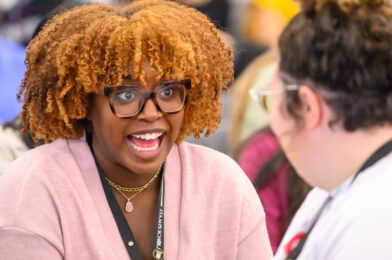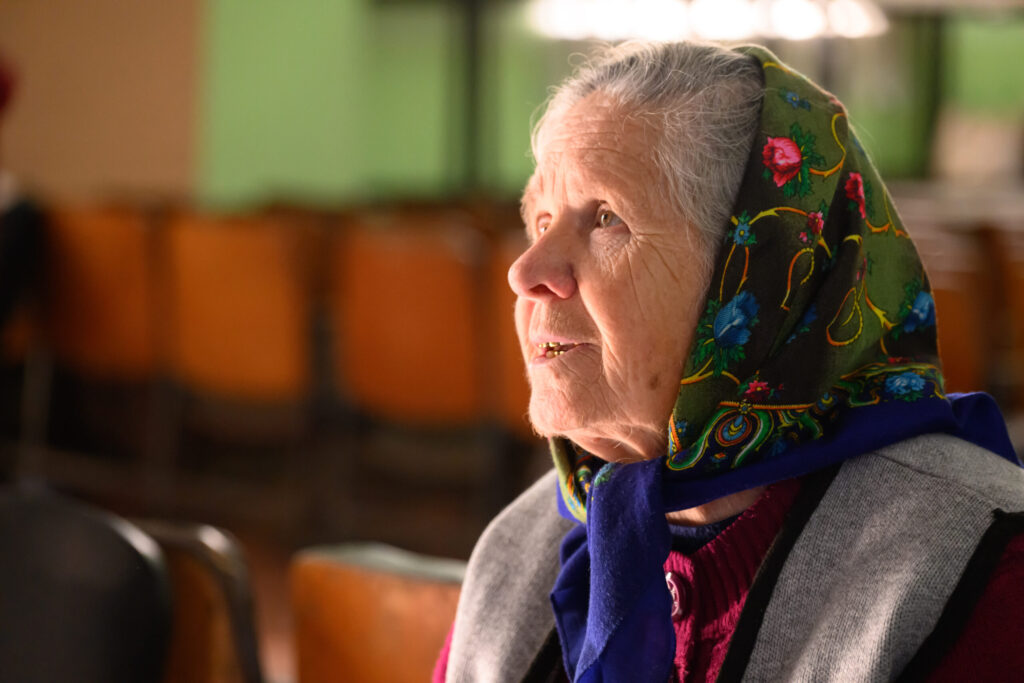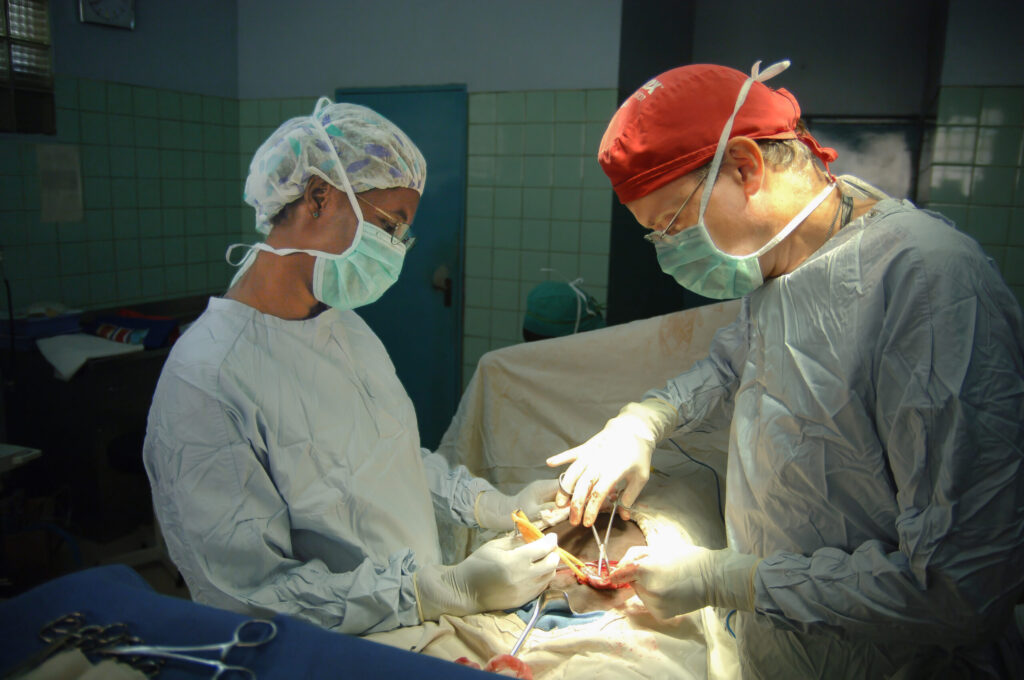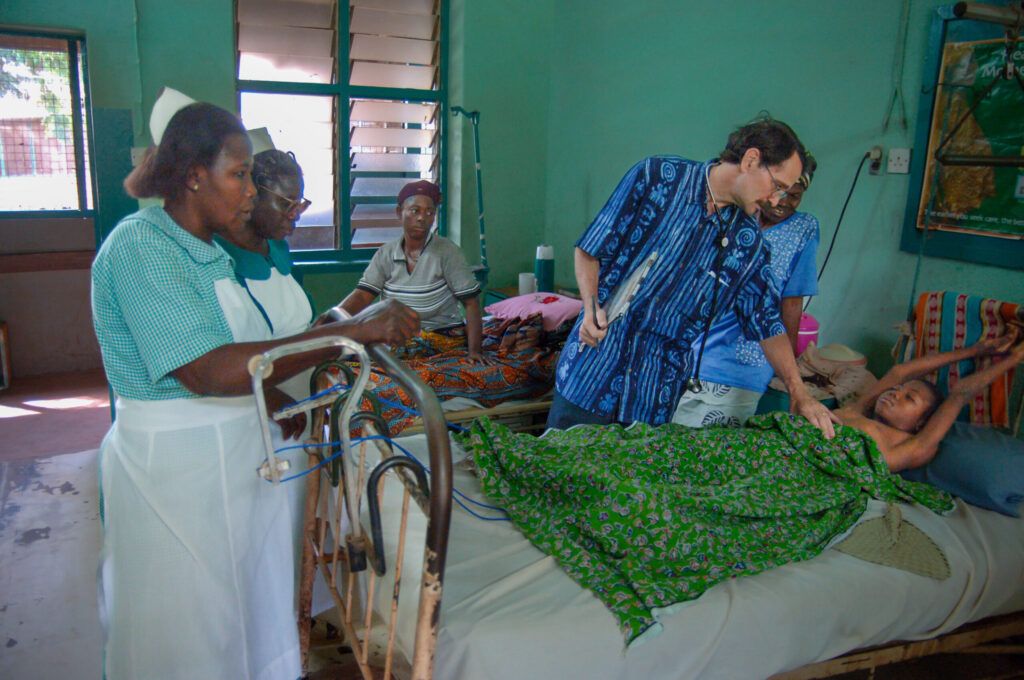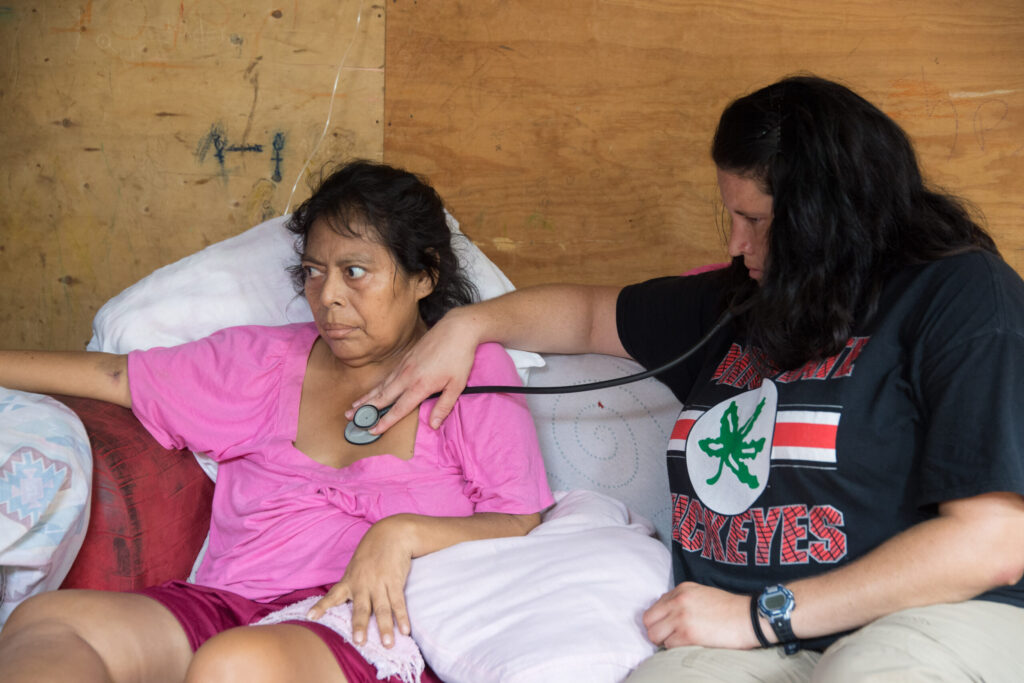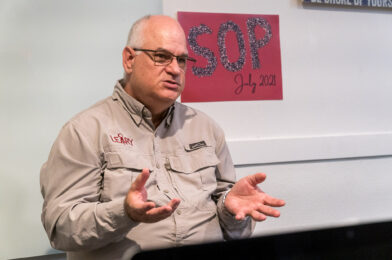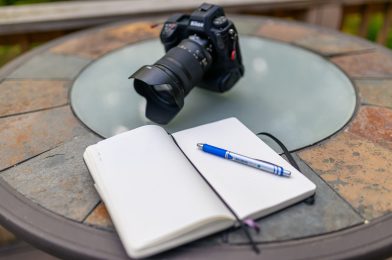This morning, I made a simple mistake in Quicken—one of those errors where you realize it just a second too late. I had to pull out the Time Machine backup, go back a few days, and restore the Quicken file. It worked, but I was drained afterward—way more than I expected. It was like the smallest thing completely zapped my energy.
If you’ve ever felt this way, you’re not alone. And you’re not broken.

Stress Doesn’t Always Announce Itself Loudly
Sometimes, stress doesn’t come from panic attacks or big emotional outbursts. It’s quieter. Subtler. It might show up like this:
- You feel exhausted after a basic task.
- You’re foggy-headed, but not sure why.
- You’re spending hours at the computer and still feel behind.
- You lose your patience faster, even with yourself.
- Your motivation feels buried under a fog of “meh.”
These can all be signs of burnout, especially when your regular rhythms are out of sync.
A big part of this was realizing how much I miss being out in the field—telling stories with my camera, not just behind a screen. I’ve spent years helping nonprofits and businesses craft their message visually, and when that rhythm slows down, it hits hard.
You’re Not the Only One
I’m learning — and maybe you are too — that this experience isn’t unique.
I talk to other creatives, nonprofit workers, small business owners… and there’s a theme: work has changed, pace has shifted, and many are left wondering, “Is it just me? Did I do something wrong?”
It’s not just you. These kinds of dry seasons can happen to anyone, and their weight adds up if we try to push through without processing them.
So What Can We Do About It?
Here are a few things I’ve been doing (and recommending) that help me move forward — slowly, intentionally, and with hope:
1. Check in with yourself like you would a friend
You’d never tell a tired friend, “Well, just try harder.” So give yourself the same grace. Ask:
- What do I need right now — rest, movement, connection?
- Am I operating out of fear or purpose?
2. Reconnect with people who already know your value
Instead of chasing new leads, I’ve started reaching out to past clients. Just checking in, reminding them I’m here, and seeing how they’re doing. These are the relationships where trust is already built.
3. Create small, clear offers
Sometimes people don’t hire you because they don’t know how to. I’ve been working on packaging things more clearly — story-driven videos, photo sessions, or even consulting. That way, it’s easy to say yes when someone is ready.
4. Share your own story
This post is part of me practicing what I preach. Vulnerability creates connection — sometimes, that opens the next door.
5. Rest isn’t optional — it’s fuel
Resting doesn’t mean you’re giving up. It means you’re smart enough to know you can’t run on empty. I’m learning this the hard way, but I’m learning it.
If you’re in a season like this, I see you. And if you want to talk through ideas, get perspective, or just hear, “No, you’re not crazy,” — I’m around.
We’re all storytelling through seasons. This happens to be one of mine. Thanks for being part of the journey.

